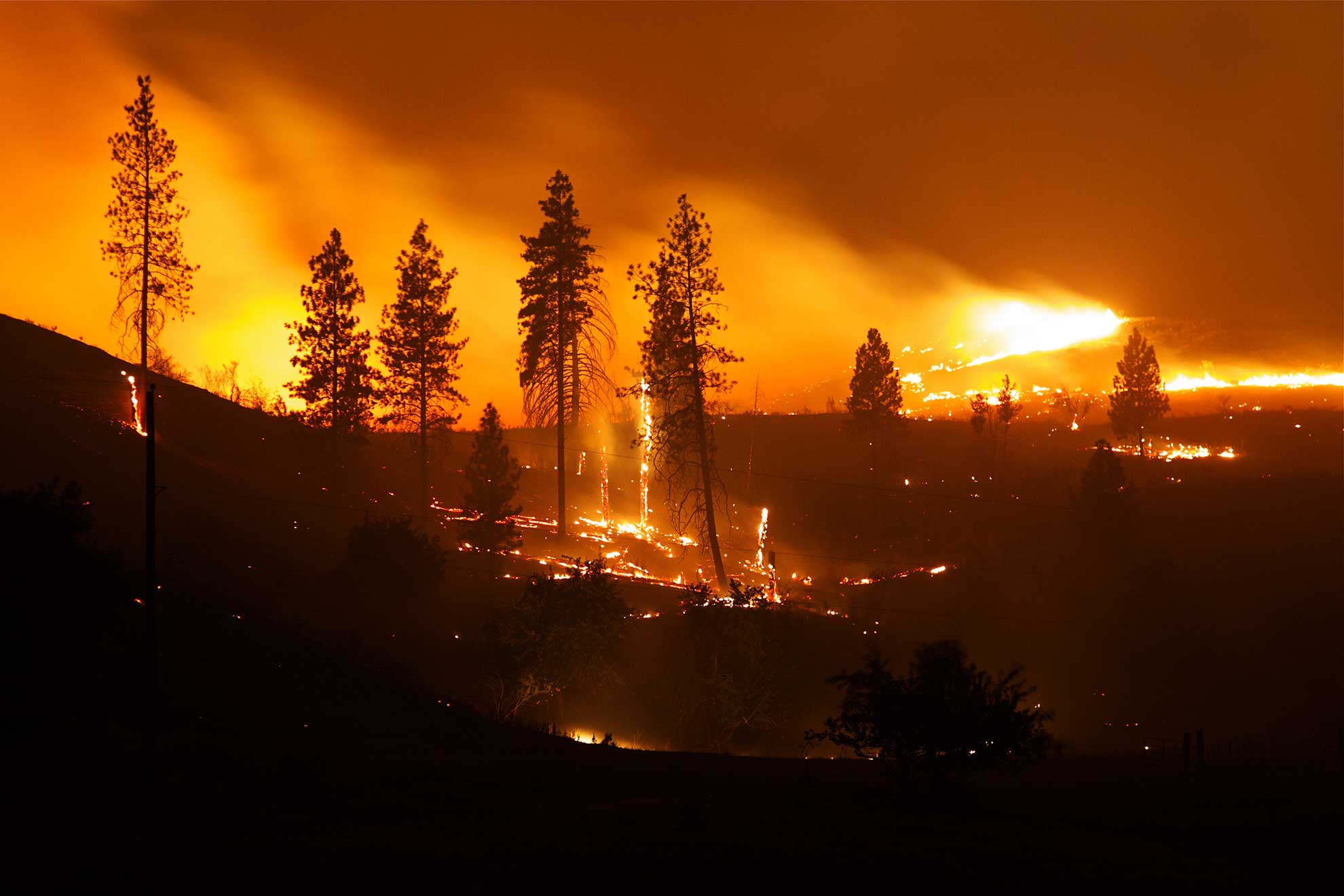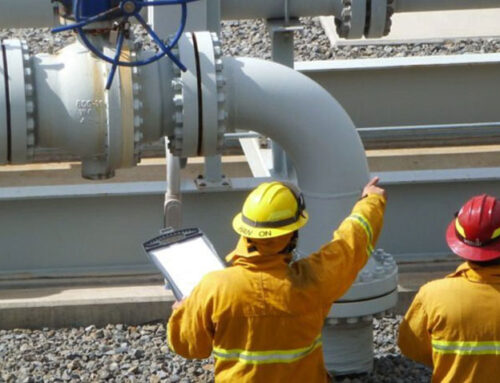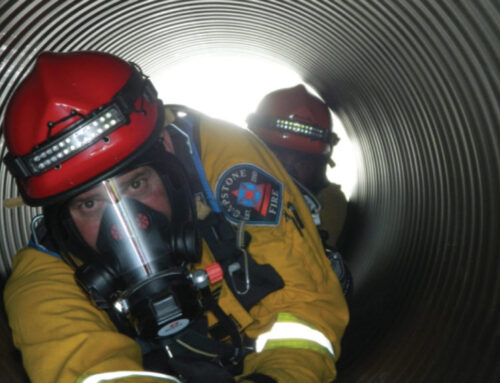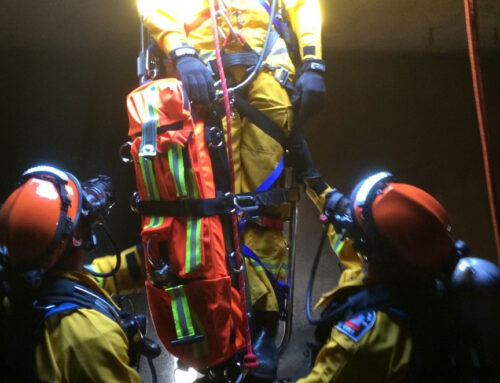Wildfires are a growing concern around the world, causing significant damage to both property and wildlife. These devastating events can occur naturally or as a result of human activities, but they can be prevented or controlled with proper vegetation management and fire support during construction projects. Here are five essential facts about construction and vegetation management fire support that you should know.
1. Vegetation Management is Essential
Vegetation management is the process of removing dead or dying plants, shrubs, and trees that can easily ignite and spread flames. Proper vegetation management reduces the risk of fire, making it easier to control and contain if it does occur. It also helps to protect property and wildlife from the harmful effects of wildfires. This process involves regular inspections and maintenance to ensure that the surrounding vegetation is healthy and free from any potential fire hazards.
2. Construction Sites Can Be Fire Hazards
Construction sites can be a potential fire hazard due to the presence of flammable materials, such as wood, paint, and solvents. To prevent fires from breaking out, construction sites must have proper fire prevention measures in place, such as fire extinguishers, sprinkler systems, and smoke detectors. It is also essential to have a fire safety plan in place in case of an emergency.
3. Fire Support During Construction is Critical
Fire support during construction is crucial to prevent fires from starting and spreading. This support involves having trained personnel on-site to monitor the area for potential fire hazards, as well as having firefighting equipment readily available. It’s also important to have a clear communication plan in place to ensure that everyone on the construction site is aware of potential fire hazards and what to do in case of an emergency.
4. Early Detection is Key
Early detection is essential in preventing wildfires. Having a system in place to detect fires early on can significantly reduce the risk of a fire spreading and causing significant damage. This can include the use of fire detection technology, such as cameras and sensors, as well as having trained personnel on hand to quickly respond to any potential fires. Early detection systems should be regularly tested and maintained to ensure that they are working correctly.
5. Proper Planning is Essential
Proper planning is essential in preventing wildfires and ensuring that construction and vegetation management fire support is effective. This planning involves identifying potential fire hazards, creating a fire safety plan, and having trained personnel on site to monitor the area and respond to emergencies. It is also essential to have proper equipment and resources available to combat fires if they do occur. This includes having access to water sources, fire retardants, and other firefighting equipment. For example, sparks are often common on construction sites from the cutting of metals. Proper planning should put these tools far from any flammable materials and in a space protected from wind so sparks don’t travel.
Vegetation management and fire support during construction are critical aspects of preventing wildfires. By having proper planning, early detection systems, and trained personnel on site, the risk of a fire breaking out and causing significant damage can be significantly reduced. Capstone Fire employs skilled professionals for these very services. Proper vegetation management and fire support not only protect property and wildlife, but also ensure the safety of workers and the community at large. Let Capstone Fire assist in keeping your workplace or job site safe from fires.





